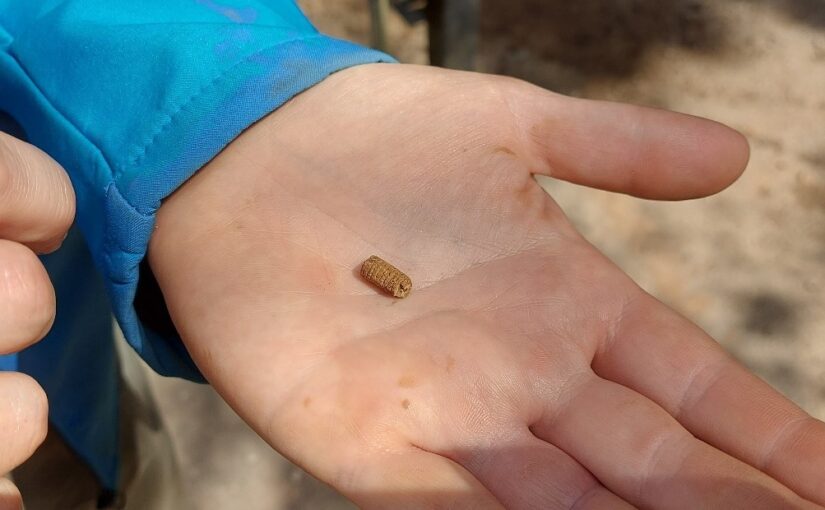In Week Fourth and final week of the Lowther Medieval Castle and Village Project 2024, the team moved into the UCLan labs. This crucial phase allows us to draw together the evidence we’ve collected last year and this, from the recording of trenches to the analysis of soil samples.
Subscribe to our quarterly newsletter
A major part of this process is the transfer of trench plans onto a Geographic Information System (GIS). During excavations, the dig team thoroughly recorded the contents of trenches in situ. This included the painstaking task of drawing the cobbled surfaces found inside the ringwork castle at 1:20 scale. Now, these hand drawings are transferred to the GIS and the outline of every cobblestone is traced digitally so that the archaeological contexts within the trenches be plotted with pinpoint accuracy.
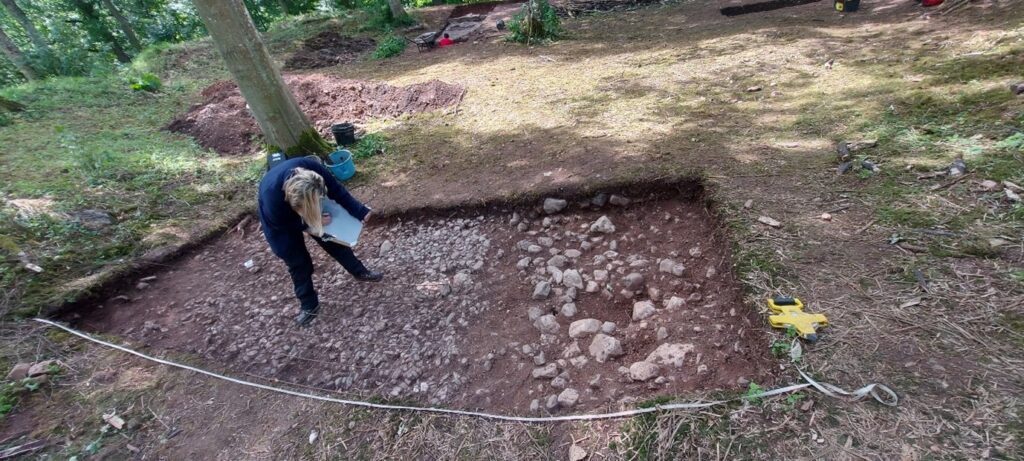
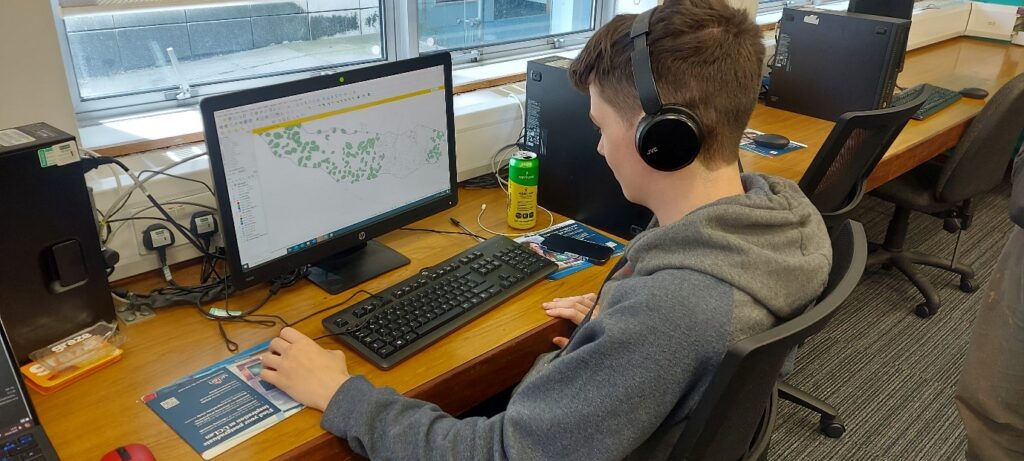
Meanwhile, the team is also plotting onto the GIS hundreds of data points from around the ringwork castle taken using a Global Positioning System (GPS). This allows us to create a three-dimensional digital model of the ringwork castle, in order to investigate its form and plot the positioning and contents of trenches from this year and last, building up our picture of the castle, its features and finds.
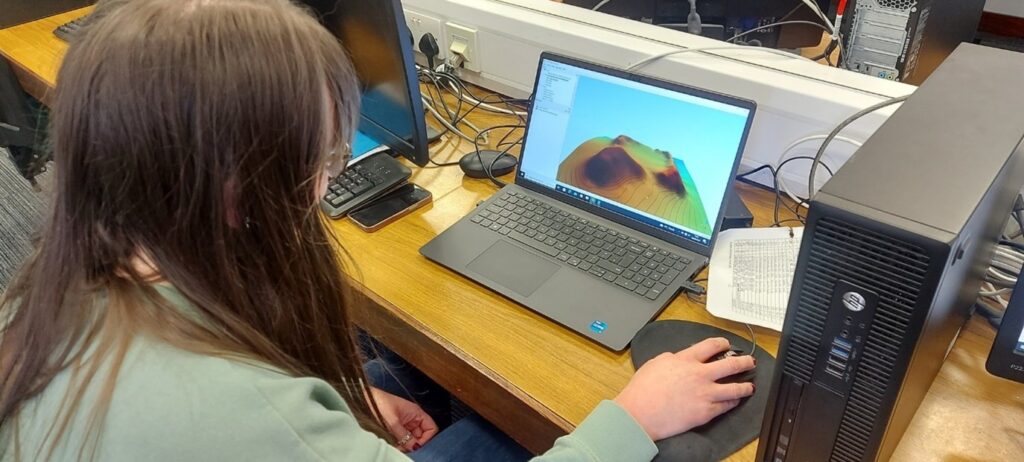

While one cohort of student archaeologists has been busy in the computer labs, another has been hard at work processing soil samples. Throughout the excavation, the team has been collecting bulk soil samples of 40 litres from all trenches. These samples have now been processed using water flotation, in order to recover charred plant remains, as well as small bones and artefacts. This has so far yielded environmental evidence such as tiny snail shells, which can be analysed to reconstruct the surrounding environment at the time the ringwork castle was built.
Subscribe to our quarterly newsletter

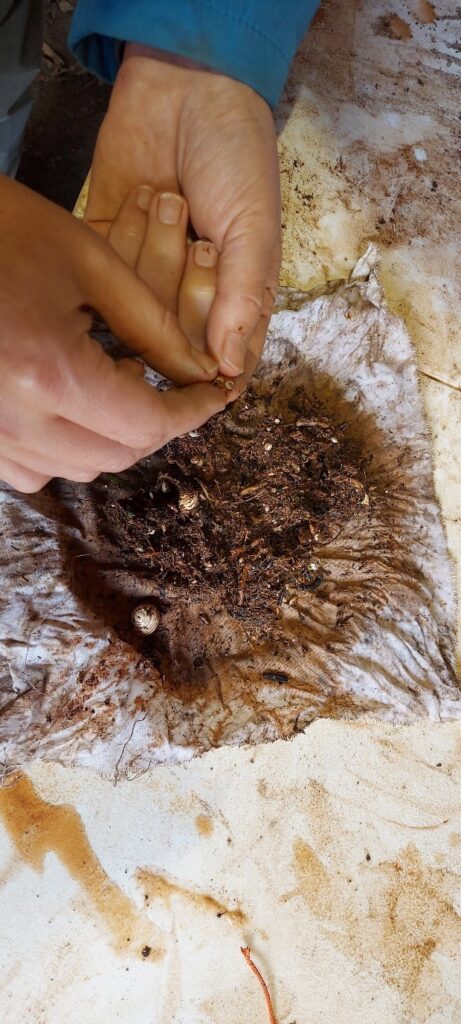
Now that Phase Two investigations are drawing to a close, the team has also been able to take stock of the small finds garnered this year. As discussed in our last Dig Diary, this year’s finds have included cockle shells and gritty ware pottery, both of which will help us to date the castle and trace activity at Lowther in the Middle Ages. This builds on intriguing earlier finds this year of animal bones, including an articulated fetlock (discussed in our first Dig Diary this year). We can now add to this a bone bead, small but delicately carved, which looks to be dateable to the Middle Ages.

Work on analysing these finds – and the broader phase of analysis – is ongoing, and will be compiled into the project’s second interim report in due course.
